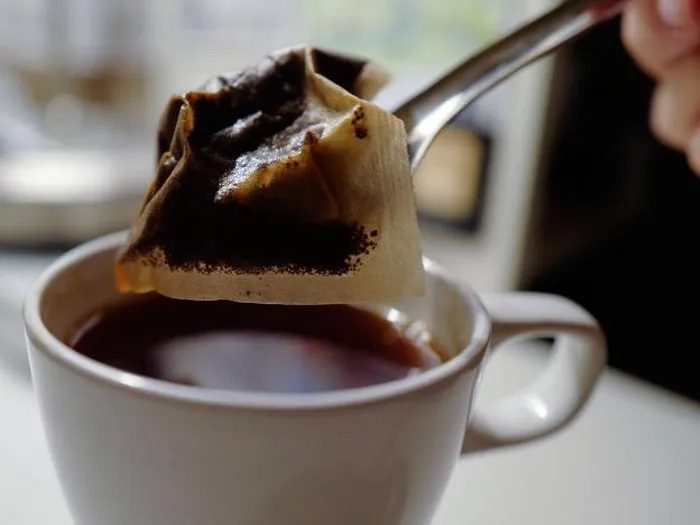German scientists have studied and discovered that tea bags sold worldwide contain hundreds of insect DNA. So what does this mean for the quality of tea and our health?
1. How many insect species were found in tea bags?
Henrik Krehenwinkel, an ecological geneticist and the lead author of the study at the University of Trier in Germany, found that dried plant materials are a promising source for environmental DNA analysis, or eDNA.
The researchers sampled water, soil, and plant surfaces. For this study, they chose herbal tea bags because the leaves had been crushed and dried.
The scientists purchased various versions of green tea, peppermint tea, chamomile tea, and parsley tea from different brands at local grocery stores across four continents to examine and compare their origins.
Subsequently, the research team employed methods to extract and amplify DNA from arthropods in the plant materials. The results indicated that the selected tea samples contained traces of DNA from a range of insect communities, totaling over 1,200 different species across more than 20 orders. On average, they found over 200 different arthropod species in each tea sample.

Tea Bags.
2. Should we continue drinking tea bags?
With the methods and results obtained from the study, scientists believe this could become a valuable tool for monitoring endangered insect species and tracking crop pests.
However, for most people, discovering a dead fly in their cup of tea is unpleasant, and the thought of bugs in their drink is enough to keep them away from tea bags. Yet, with this research, scientists assert that the abundant presence of insect DNA in tea bags is a positive sign indicating that pesticides have not been used, and the tea is indeed safe for you to consume at any time of the day.
Moreover, over 99.999% of the DNA found in tea bags is from plants, the primary ingredient of tea, with only a tiny fraction belonging to insects. Therefore, you can rest assured that you are drinking tea and not insect-infused beverages.


















































